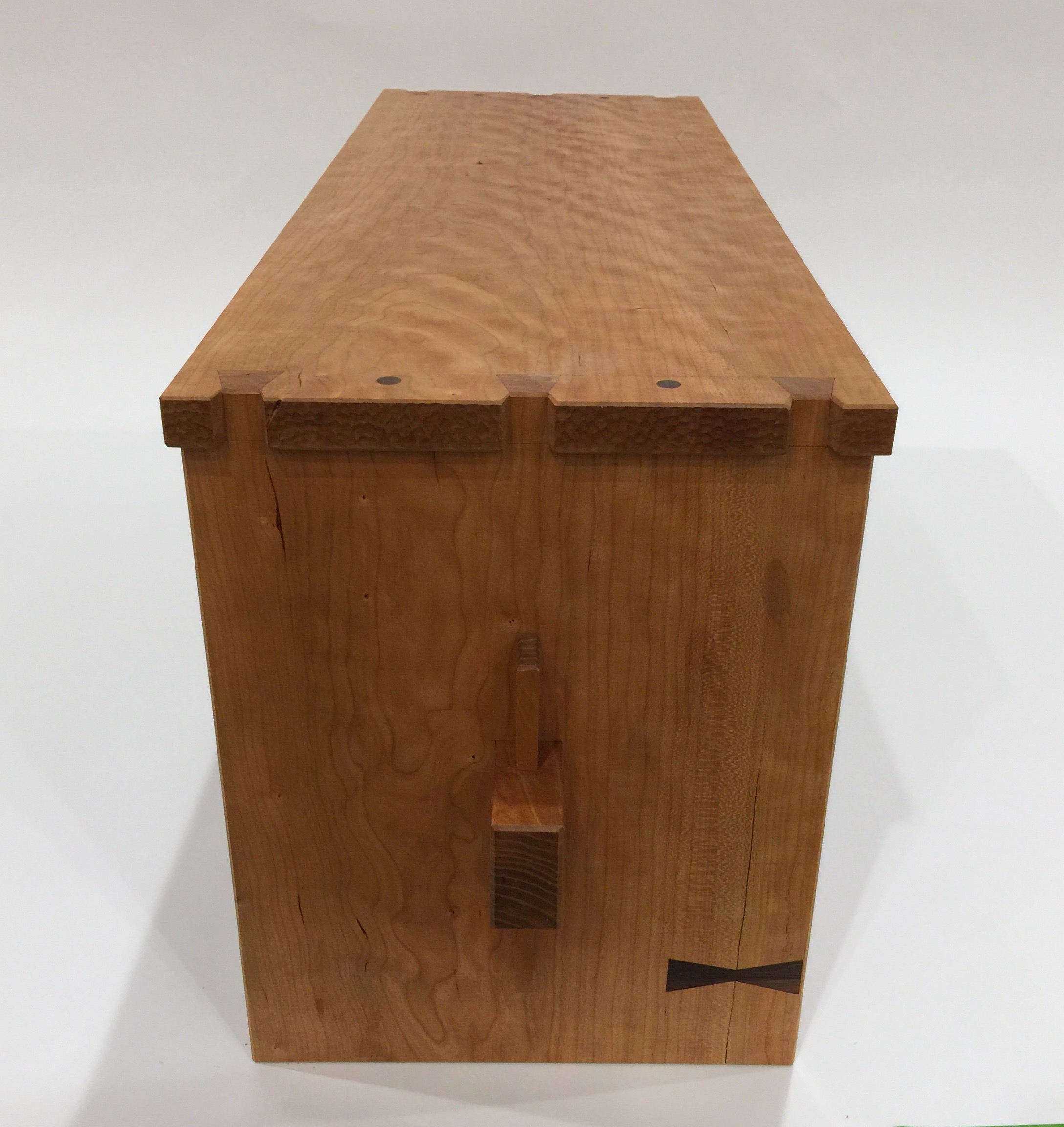I am not here to defend for Paul but I have tried his bench chisel method (35*) (have you?) and found it a totally workable technique.
35ļ is a pretty steep angle for most work a bench chisel will be called upon to perform. If one keeps regrinding it for the different tasks it will be a nub before long.
Some of my first mortises were cut with bench chisels. Yes, it can be done. Is it as efficient as using a chisel made specifically for the purpose of mortising? No.
Maybe we should spend more time on how a mortising chisel can be used for paring dovetails. It can be done.
If one is in a pinch for time or lack of resources, then improvising is fine. If one wants to get on with a job and can afford tools made for the job then why do it the hard way?
You might prefer a Japanese saw or sonething else to cut dovetails. I have seen dovetails cut by a hack saw and heck, it was not too bad. You don't need to follow and use a hack saw, but you should not say a dovetail saw is the only right tool for the job. Unless you specify that it is the right tool for you.
Surely there are examples of dovetails cut with a two man saw. Most likely it was the right tool for the job when building a log cabin.
Again, using a tool made for a specific task will make performing that task less daunting. If my recollection is correct Steven Newman uses a large handsaw at times to cut his dovetails. One of my challenges at work was to use a hacksaw to rip a 1/8" diameter skewer, it worked fine. For those who want to know it was a way to remove a bill jammed in a bill processor in ticket vendors.
Then there was the idiot in one of my workplaces who made himself difficult for others to get along with by doing things like grabbing a crescent wrench when he wanted to drive a nail instead of walking two steps more to grab a hammer hanging on the wall.
So sure, a mortise can be made with a bench chisel. Please do not do it in my shop or within my sight.
jtk
"A pessimist sees the difficulty in every opportunity; an optimist sees the opportunity in every difficulty."
- Sir Winston Churchill (1874-1965)





 Reply With Quote
Reply With Quote




